Fall Protection
Electrical Hazard Protection
Tower Climbing Safety Equipment
Fall Protection

Ugh, Why So Much HSE Paper?
With the advent of our modern health, safety and environmental systems (HSE), the requirement to produce more documents is relentless. No one feels this pressure more than our front line supervision; those individuals, who are leading our crews out in the field. Not only are they tasked with completing some of the most dangerous work in the world, but they have to be spot on when documenting their production, quality control, cost effectiveness and HSE...
Related Articles
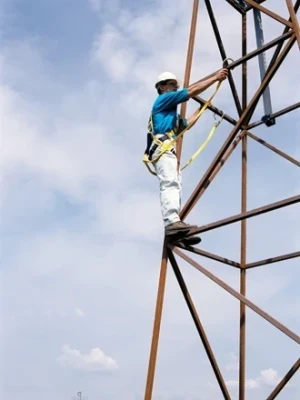
Tower Climbing Safety Equipment
What powerline technicians must know to stay safe BY JIM HUTTER, Capital Safety Most of modern life is powered by electrical energy, which is why transmission tower work continues to be an integral—yet extremely dangerous—part of the power distribution industry. The Occupational Safety and...
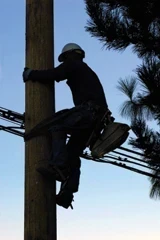
The Guide to IEEE Utility Safety Standards
A comprehensive review of IEEE guidelines and documents BY JIM TOMASESKI, IEEE, NESC Main Committee, PAR Electric Every day, utility workers are risking their lives in work environments that involve high-risk activities such as working at extreme heights, managing or repairing energized...
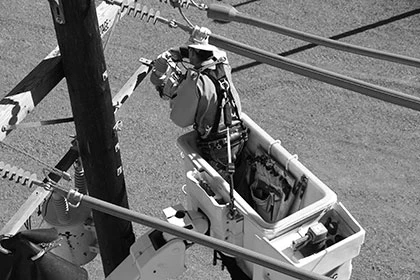
Fall Protection: The ABCs of Connecting Devices
A personal fall protection arrest system (PFAS) is comprised of three vital components: an anchorage, body wear (full-body harnesses), and a connecting device (a shock-absorbing lanyard or self-retracting lifeline). The safety of at-height workers depends on these three components, and each one...

Fall Protection Becomes Mandatory
New regulation removes “optional” to increase worker safety BY CRAIG FIRL, Capital Safety The U.S. Occupational Safety and Health Administration (OSHA) published updated rules and regulations in April 2014 that impact fall protection for the electrical utility industry. These new regulations,...
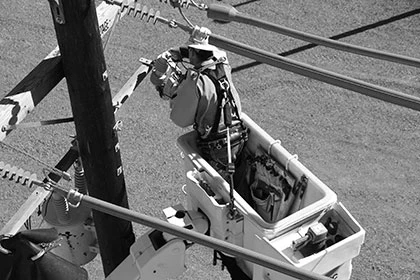
Fall Protection: The ABCs of Connecting Devices
A personal fall protection arrest system (PFAS) is comprised of three vital components: an anchorage, body wear (full-body harnesses), and a connecting device (a shock-absorbing lanyard or self-retracting lifeline). The safety of at-height workers depends on these three components, and each one...
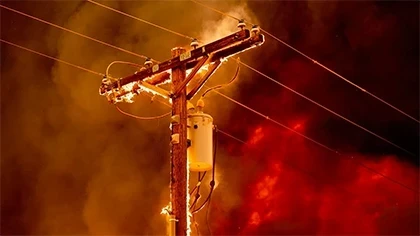
Lineman Safety during a Wildfire
If you wanted to create a recipe for disaster, the beginning of the 2021 wildfire season would be a good place to start. Nearly 90% of the western U.S. is suffering through extreme drought. The snowpack set new low levels there as well. A record-breaking heatwave steamrolled the Pacific Northwest...
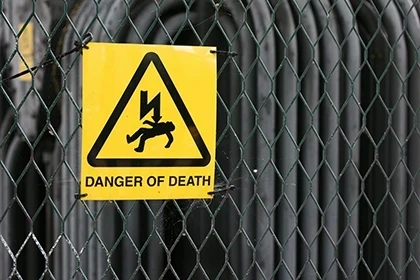
Hand Safety - Protective Gloves
Rubber insulating gloves are among the most important articles of personal protection for electrical workers. To be effective, the gloves must incorporate high dielectric and physical strength, along with flexibility and durability. For superior performance they should meet and/or exceed the...
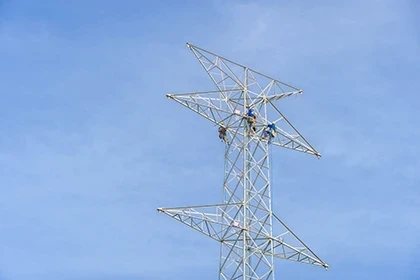
Testing Conditions and Guidelines for Personal Fall Protection Systems
1. PERSONAL FALL ARREST SYSTEMS (A) GENERAL TEST CONDITIONS Lifelines, lanyards, and deceleration devices should be attached to an anchorage and connected to the body-belt or body harness in the same manner as they would be when used to protect employees, except that lanyards should be tested only...
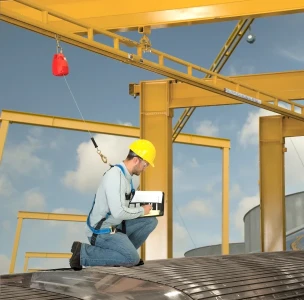
Fall Protection: The ABCs of Connecting Devices
A personal fall protection arrest system (PFAS) is comprised of three vital components: an anchorage, body wear (full-body harnesses), and a connecting device (a shock-absorbing lanyard or self-retracting lifeline). The safety of at-height workers depends on these three components, and each one...

ENHANCING REMOTE WORKER SAFETY
Remote field operations present the safety organization with a myriad of challenges when it comes to ensuring the safety of the people that you send out to work in the field every day. Without a doubt, this includes the line workers, but it also includes nearly every member of the staff whose...
